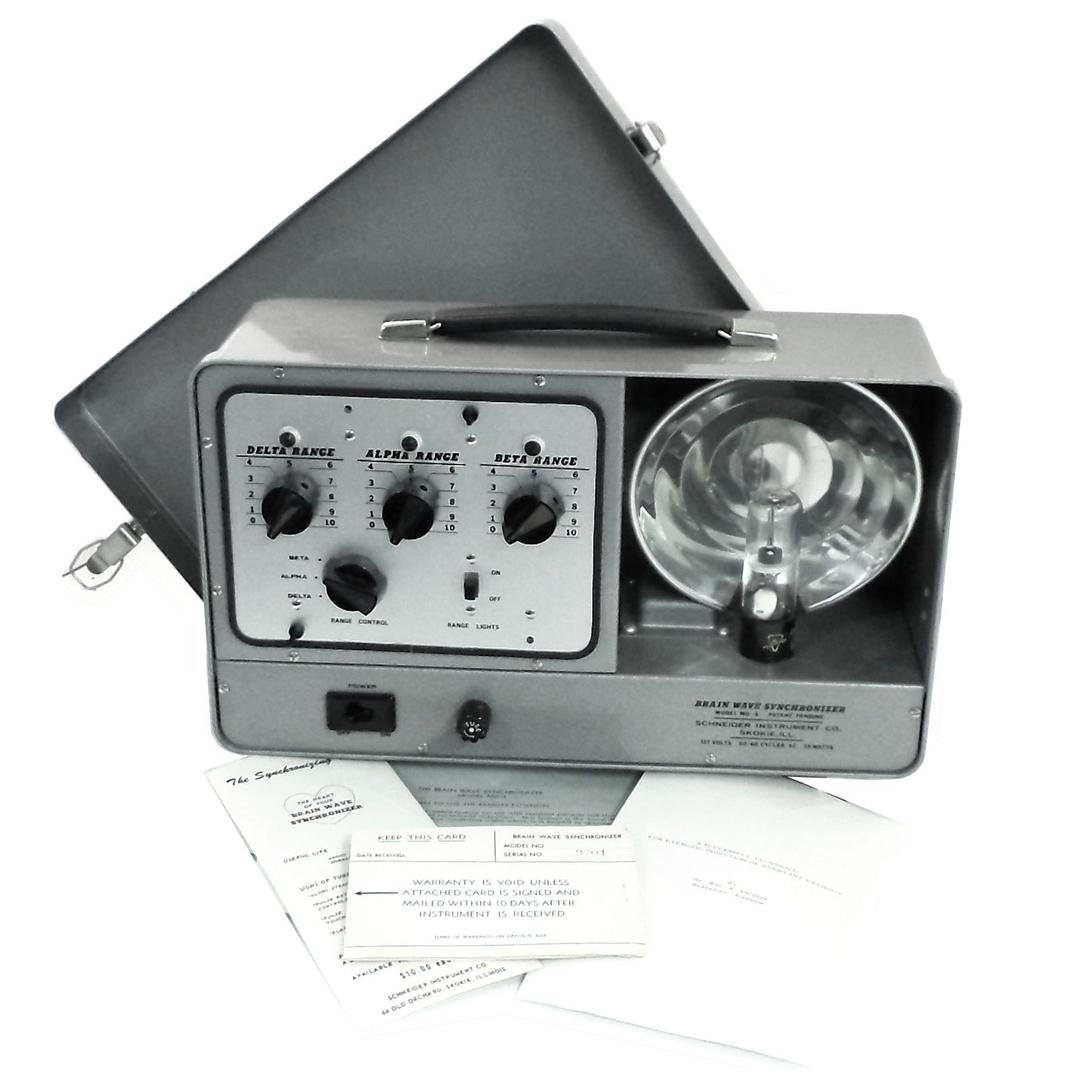
Meditation Mind Machine History: The Evolution of Meditation Mind Machines. From the curious experiments of the mid-20th century to today’s sophisticated devices, the history of meditation mind machines has been a fascinating testament to human innovation and our endless quest for mental clarity and balance. The potential of rhythmic light and sound to influence brain patterns has been a topic of scientific curiosity and a springboard for technological advancement in meditative aids.
A Glimpse into the Past
The roots of current meditation mind machines can be traced back to groundbreaking research in the 1930s when scientists discovered the brain’s propensity to follow the rhythm of a flashing light, known as brainwave entrainment. Progressing into the 1940s, ’50s, and ’60s, pioneers like British neuroscientist W. Gray Walter used emerging technology such as electronic strobes and EKG equipment to investigate the “flicker phenomena,” which induced trance-like states, profound relaxation, and vibrant mental imagery in subjects.
Key Breakthroughs and Inventions
In the following decades, researchers discovered the astounding benefits of flickering light at specific frequencies. These effects ranged from increased IQ levels and enhanced intellectual capacity to better synchronization between the brain’s creative and analytical sectors. During this time, the powerful combination of auditory and visual stimulation was realized, paving the way for future meditation mind machines.
Jack Schwartz, in the early 1970s, introduced “ISIS,” a commercial device featuring rhythmic lights and sounds designed to lead users into heightened mental states. Although the first patent for a combined light and sound machine was secured by Seymour Chakras, a scientist from City College of New York, in 1974, it wasn’t until the 1980s that technology allowed for the creation of home-use mind machines.
The Modern Landscape
The historical timeline brings us to the present day. With the advent of microelectronics, modern meditation mind machines have evolved into complex systems capable of generating tones, chords, beat frequencies, and light patterns. Users are empowered to tailor their experience, choosing combinations to meet their unique relaxation and meditative needs.
The market boasts more than 20 types of commercially produced light and sound machines, each offering mental rejuvenation and inner peace.
Looking Ahead
Meditation Mind Machine History continues to be a subject rich with potential. As scientists and technologists merge their insights and skills, the future shines bright for those seeking solace in the fast-paced modern world. With ongoing use and optimization, we look forward to witnessing further enhancements in the capabilities and accessibility of these revolutionary devices.
Conclusion
For enthusiasts of meditation mind machines and newcomers alike, understanding the origins of the Mind Machine enriches their appreciation of these devices. Not only do they serve as tools for personal well-being, but they also stand as markers of human progress. Here’s to continuing the quest for tranquility and mindfulness through innovation.

